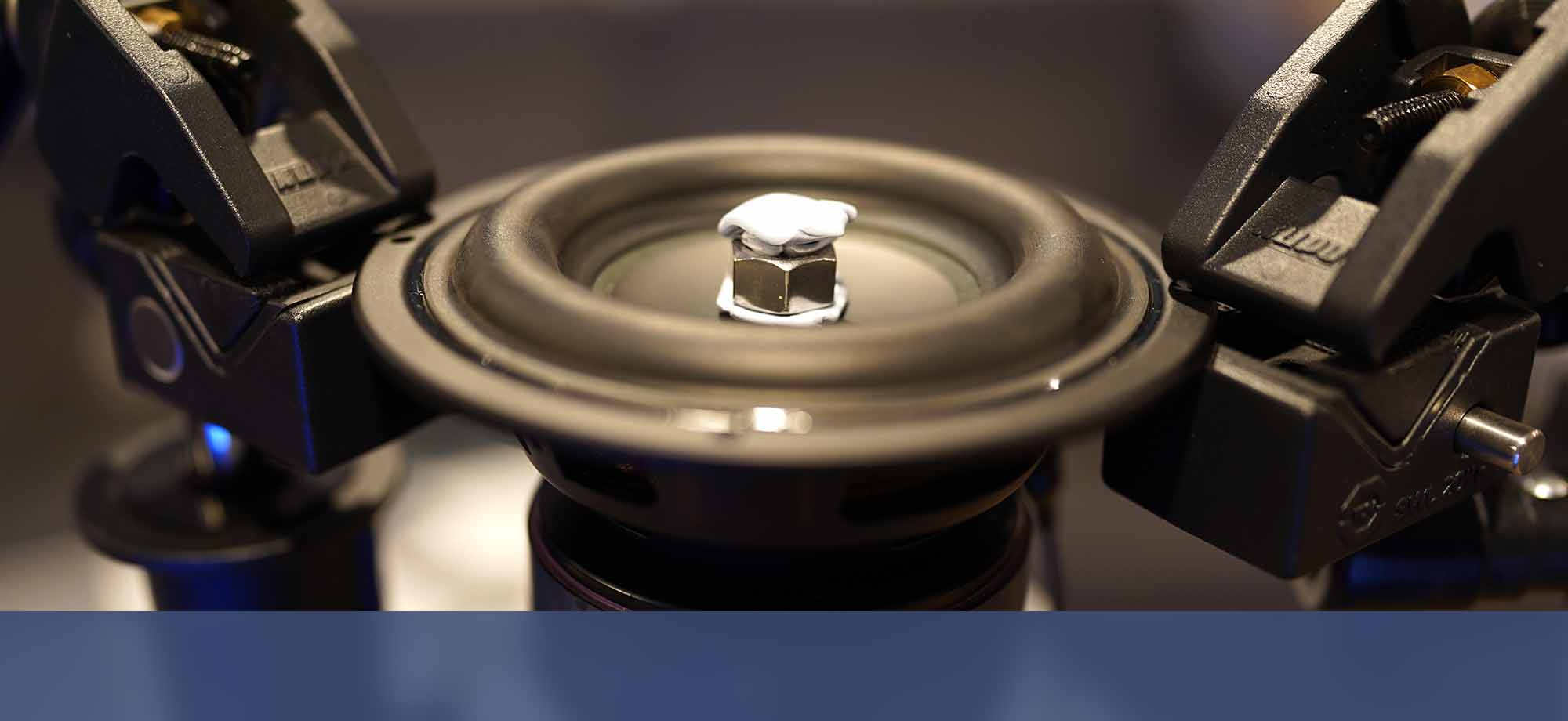


This suite of speakers, enclosures, and digital signal processing filters can create incredible sound from small, hidden installations.
Hidden sound systems, like the ones found in droid builds, are notoriously terrible. Even professional speaker manufacturers have a difficult enough time building great sounding speakers for an open environment. Throw in space, positioning, and aesthetic constraints, and things get even messier.
A speaker contains two parts: the enclosure (the box) and the driver (the round transducer that many people mistakenly call the "speaker"). There’s an adage that the driver makes up 30% of a speaker’s quality, while the enclosure makes up the remaining 70%. Almost all of the engineering and cost behind good speakers goes into the enclosure. The science is complex.
Now imagine skipping the enclosure altogether, and simply sticking that driver inside a a droid body or a theme park prop. You're piping sound through a strange opening, and the sound emitted from the back of the driver is bouncing around the environment. That 30% starts looking like -30%.
Every droid builder has experienced these acoustic issues: weak bass reproduction, low volume, and muddy, distorted sound. But it doesn't have to be that way. The very first time someone mounts a properly engineered 2-way sound system inside their droid — with deep bass, low distortion, and smooth frequency response across a wide range of listening positions — minds will be blown and there will be no turning back.


These flat plots are not taken from a hi-fi speaker... they are actual in situ measurements taken from a tweeter mounted inside an astromech with DSP.
